Samurai and their Names
Samurai, the noble warriors of feudal Japan, were known for their skills in combat and strict code of honor. Their names often reflected their clan, rank, and personal achievements, marking their societal status. Each name carried a legacy of bravery and discipline, representing a unique story in Japan’s rich history.
The names of samurai were not just labels but symbols of their martial prowess and familial heritage. Whether renowned figures like Tomoe Gozen or lesser-known warriors, each name contributed to the grand tapestry of samurai tradition. Their names live on, reminding us of the enduring spirit and honor that defined these legendary fighters.
What’s in a Samurai Name
A samurai name often revealed much more than just a person’s identity. It included elements that reflected their family lineage, social status, and martial achievements, helping to honor their legacy and role within their clan.
Each part of the name was carefully chosen to convey respect, honor, and the warrior’s historical place. The components of a samurai’s name, such as their clan or given name, were imbued with deep significance.
These names were not just for identification but carried meanings that highlighted their courage, honor, and contributions to their warrior society. Through their names, samurai left a lasting imprint on history, capturing the essence of their lives and achievements.
Famous Female Samurai
Tomoe Gozen
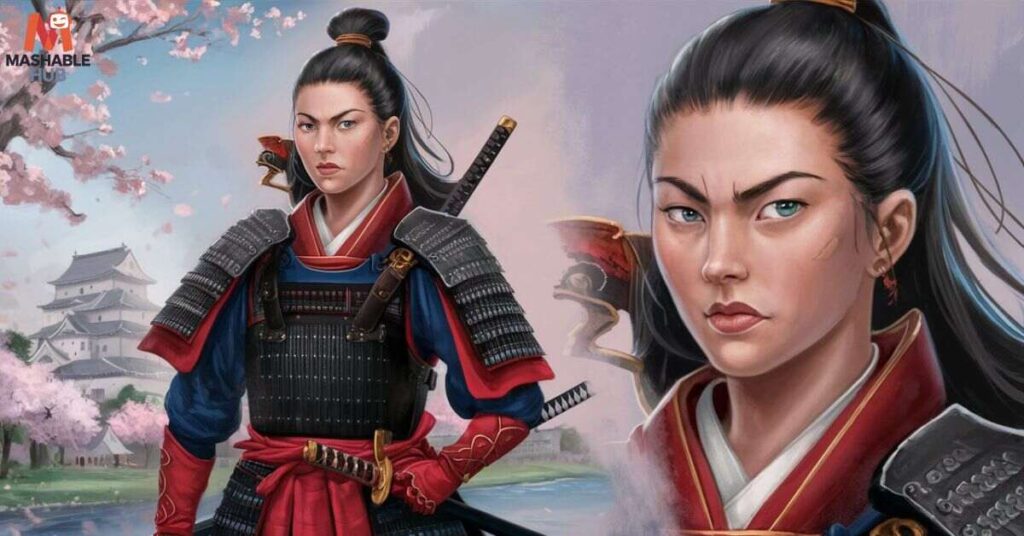
Tomoe Gozen is a legendary samurai from the late 12th century, known for her exceptional martial prowess and bravery. She fought valiantly during the Genpei War and became renowned for her skill with the naginata. Her courage on the battlefield made her a notable figure in Japanese history.
Tomoe Gozen’s most famous battle was the Battle of Awazu, where she defeated several enemies with her unparalleled combat skills. Her ability to wield the naginata and her refusal to back down in battle earned her immense respect. She symbolizes the strength and resilience of Onna-Bugeisha, proving women warriors could be as deadly as men.
Despite the passage of time, Tomoe Gozen’s legacy remains strong. She inspires many for her bravery, challenging the male-dominated world of the samurai. Tomoe Gozen will forever be remembered as a female warrior who left a lasting impact on Japanese history.
Nakano Takeko
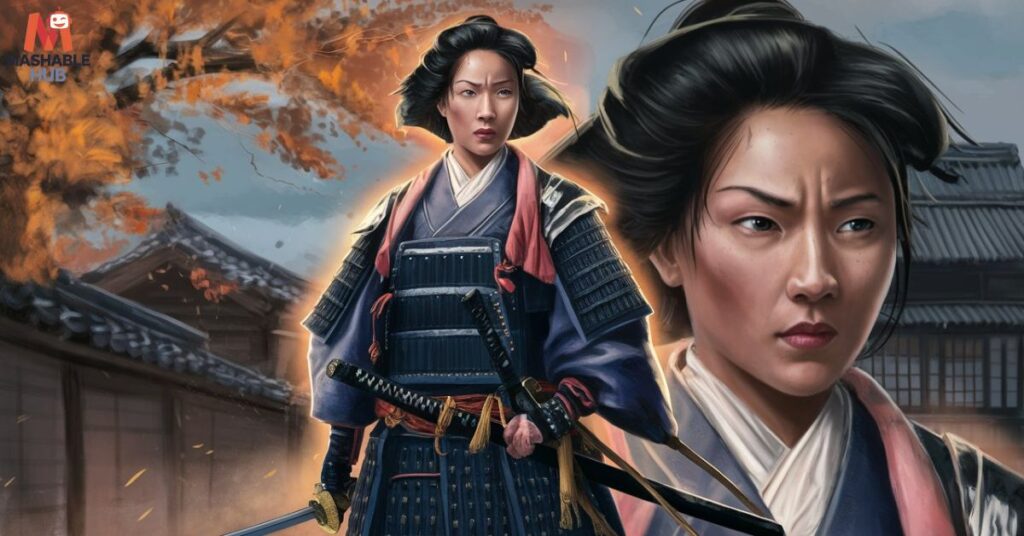
Nakano Takeko was a fierce female samurai who fought during the Boshin War in the 19th century. Leading a group of women warriors, she showed remarkable strength and discipline in the Battle of Aizu. Her role in the conflict made her one of the most respected female warriors of her time.
In her final moments, Nakano Takeko chose to die honorably rather than face capture by the enemy. She asked her sister to behead her, ensuring her body wouldn’t be desecrated. This heroic sacrifice cemented her place in history as a symbol of the unbreakable spirit of Onna-Bugeisha.
Nakano Takeko’s legacy continues to inspire, highlighting the courage of women warriors in feudal Japan. Her life exemplified martial prowess and the unyielding dedication of a true samurai. Her name is forever etched in Japanese history as one of the strongest female samurai.
Hangaku Gozen
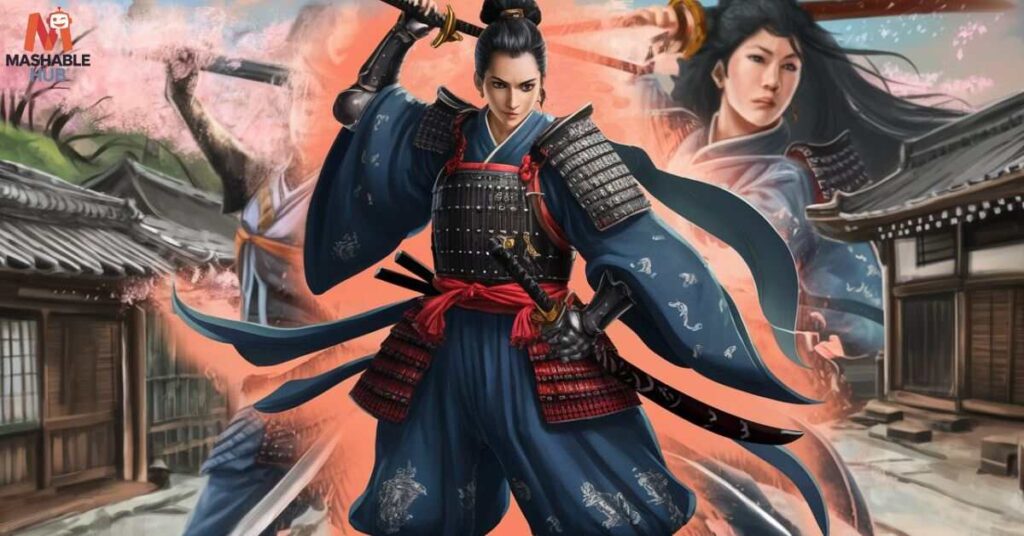
Hangaku Gozen was a skilled female samurai from the Kamakura period, known for her bravery in the face of the Mongol forces. She defended her fortress with exceptional combat abilities, including mastery of the bow and arrow. Her determination during battle was admired by both allies and enemies alike.
During the defense of the Bun’ei fortress, she fought fiercely against overwhelming odds, refusing to back down. Her courage in battle and her strategic mind made her an exceptional leader. Even though the odds were against her, Hangaku Gozen’s commitment to defending her people was unmatched.
Hangaku Gozen remains a symbol of female strength in the Kamakura period. Her heroic sacrifice and her fearlessness in battle have solidified her legacy in Japanese history. Her life is a testament to the courage and power of women warriors like her.
Yodo-Dono
Yodo-Dono, originally named Chacha, was a prominent figure during Japan’s Sengoku period. As the wife of the warlord Toyotomi Hideyoshi, she was deeply involved in the political intrigue of the era. After her husband’s death, Yodo-Dono worked tirelessly to protect her family’s interests and maintain their position of power.
She played a crucial role during the Winter and Summer Sieges of Osaka Castle, where she defended her son’s claim to power. Despite facing fierce opposition, her resilience and leadership during these sieges left a strong mark on Japanese history. Yodo-Dono’s story is a fascinating mix of political acumen and personal courage.
Yodo-Dono’s legacy lives on as an important figure in the Sengoku period. Her ability to navigate the male-dominated world of samurai politics made her an exceptional leader, and her courage in defending Osaka Castle showcases her determination. She stands as a reminder of the strength and intelligence of female samurai leaders.
Tsuruhime

Tsuruhime was a female samurai during the Warring States period who led her clan’s forces into battle. Born into the Chosokabe clan, she took charge after her father’s death, proving her skill as a leader and warrior. Her ability to command her forces earned her great respect and admiration.
During the Siege of Osaka, Tsuruhime fought bravely to protect her family’s interests. Her strength and strategic mind made her a formidable leader on the battlefield. Like many Onna-Bugeisha, she broke through the traditional roles of women in society, leaving an enduring legacy.
Tsuruhime’s name is synonymous with female leadership and strength in feudal Japan. Her ability to lead her clan in times of war shows the vital role that women warriors played in Japanese history. Tsuruhime’s story is one of courage and resolve.
Hojo Masako
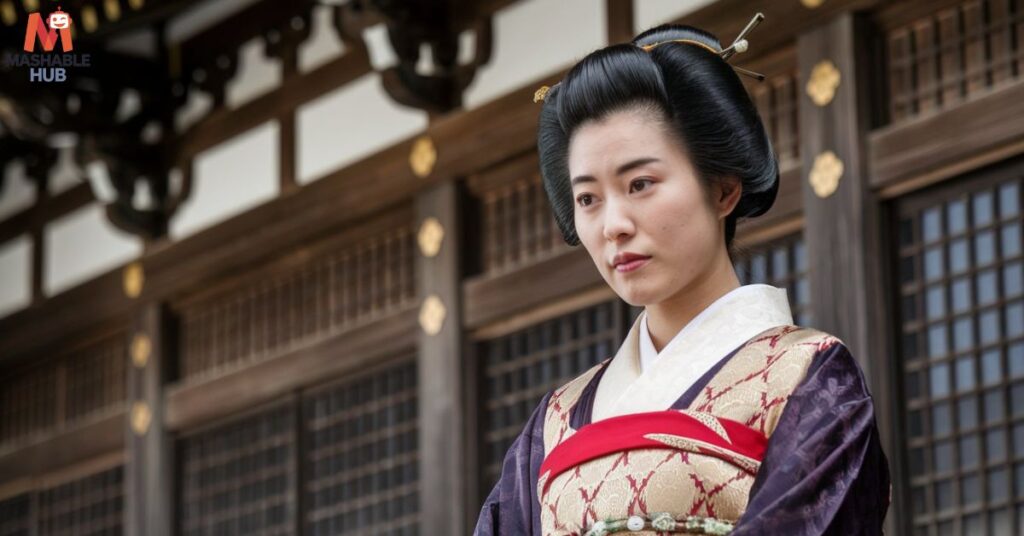
Hojo Masako was a powerful female samurai during the Kamakura Shogunate, often called the “Nun Shogun.” After the death of her husband, Minamoto no Yoritomo, she took control of political affairs, ensuring her family’s dominance. Her wisdom and political acumen allowed her to navigate the treacherous world of samurai politics.
She used her influence to maintain order and protect her family’s position, playing a key role in the establishment of the Kamakura Shogunate. Masako’s leadership and strategic decisions earned her respect and a lasting legacy as a skilled political figure. She was one of the few women who held such power in samurai history.
Hojo Masako’s legacy lives on as a symbol of strength and intelligence. She challenged the traditional roles of women and showed that they could hold power and lead with confidence. Her story remains a crucial part of Japanese history.
Onna-Bugeisha
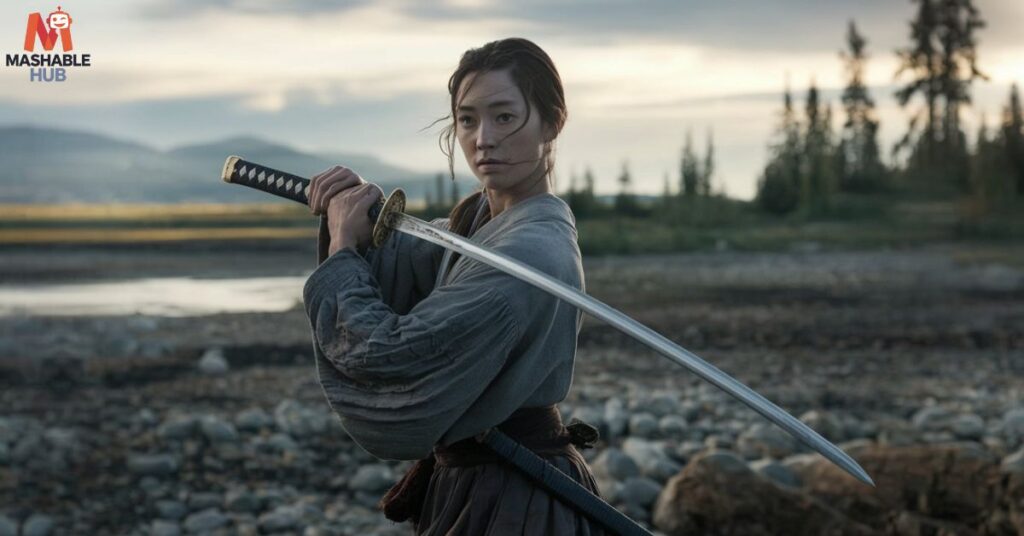
Onna-Bugeisha were female warriors trained in martial arts, standing alongside male samurai to protect their homes and clans. They mastered weapons like the naginata and katana, demonstrating their combat prowess. Their role in battles shows that women were also capable of incredible bravery and skill.
Though fewer in number, Onna-Bugeisha were a vital part of the samurai class. Their contributions often go unmentioned in mainstream history, but their impact was immense. Women like Tomoe Gozen and Nakano Takeko are perfect examples of how female warriors shaped Japan’s history.
The legacy of Onna-Bugeisha is one of strength, resilience, and determination. They broke gender barriers and fought for their homes, leaving a lasting impression on Japan’s samurai culture. Their courage inspires generations and highlights the strength of women in Japan’s warrior class.
More Names of Females Suamrai
- Itagaki Iname (Ee-tah-gah-kee Ee-nah-meh)
- Hōjō Masako (Ho-jo Mah-sah-ko)
- Shizuka Gozen (Shee-zoo-kah Go-zen)
- Myōrinni (Myoh-reen-nee)
- Kaihime (Kai-hee-meh)
- Tachibana Ginchiyo (Tah-chee-bah-nah Geen-chee-yoh)
- Okatsu (Oh-kaht-soo)
- Jingu Kogo (Jin-goo Koh-goh)
- Akiko Kato (Ah-kee-ko Kah-toh)
- Oichi (Oh-ee-chee)
Read More:
Worst Time to Visit St. Thomas
